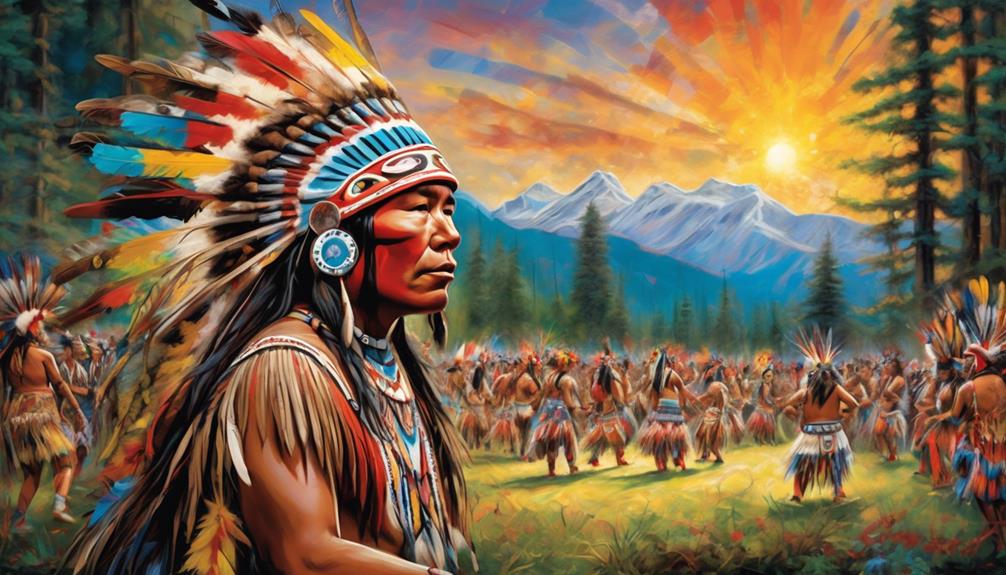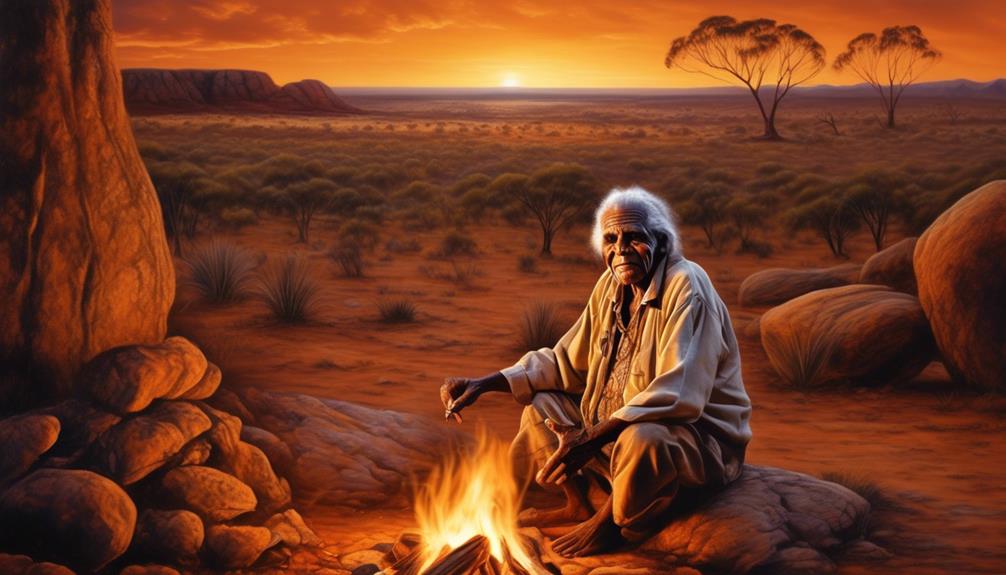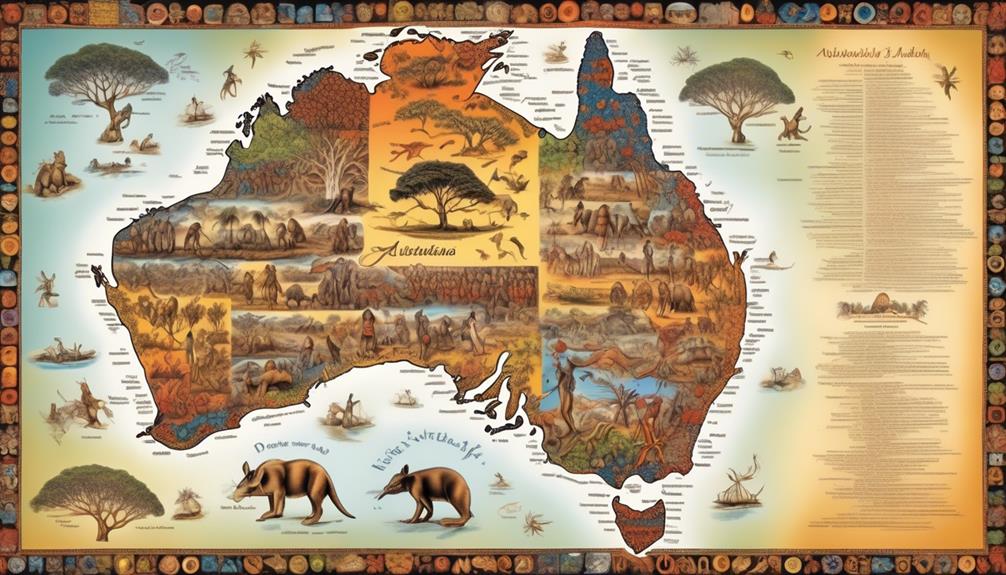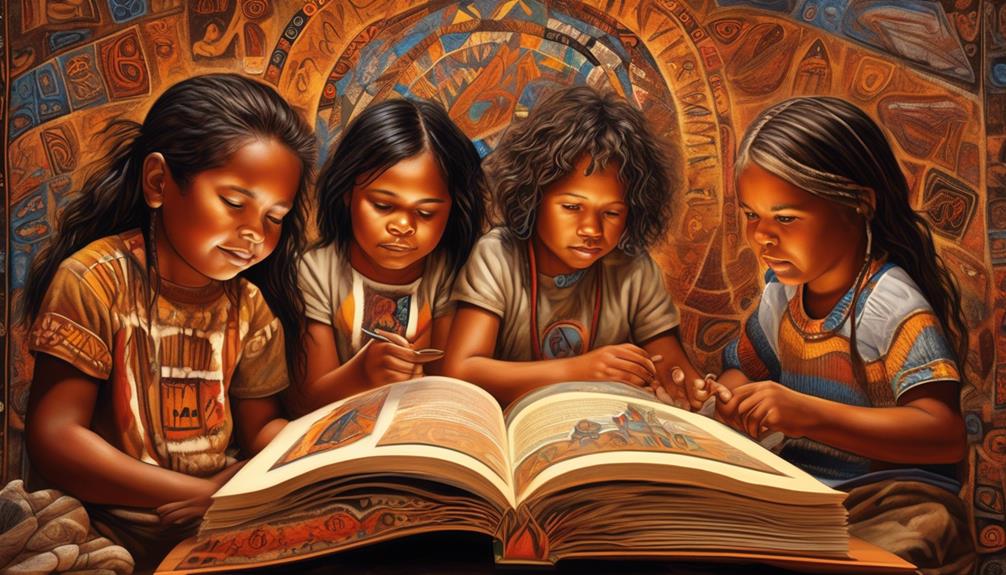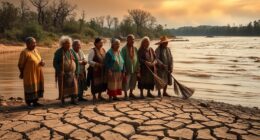In Canada, a diverse and multicultural country, there is a vibrant mosaic of indigenous peoples, each with their own unique traditions and histories. The term “Aboriginal people of Canada” encompasses a wide range of communities and cultural backgrounds.
From the Inuit of the Arctic to the First Nations spread across the country, as well as the Métis and other Indigenous Peoples, the term 'Aboriginal Canadians' serves as a collective label for these distinct groups.
But what exactly distinguishes each of these communities and how do they contribute to the mosaic of Canadian identity?
Key Takeaways
- The Aboriginal people of Canada are known as Inuit, First Nations, Métis, and Indigenous Peoples.
- They have a deep-rooted cultural heritage and diverse traditions.
- Land rights are crucial for maintaining their distinct cultural practices and sustaining their communities.
- There is a growing movement towards cultural revitalization among Aboriginal communities.
Inuit
The Inuit people are an indigenous group who've inhabited the Arctic regions of Canada for thousands of years. Inuit culture is rich and deeply rooted in traditional practices that have sustained their communities in a challenging environment. One of the most distinctive aspects of Inuit culture is their art, which encompasses a wide range of forms including carving, printmaking, and textiles. These artistic expressions often depict elements of their traditional lifestyle, such as hunting and wildlife, and serve as a way to preserve and share their heritage.
However, modern challenges faced by Inuit communities, such as climate change and the encroachment of Western influences, have put pressure on their traditional way of life. These challenges have led to significant changes in their social, economic, and environmental dynamics, posing a threat to their cultural traditions and practices. In response, many Inuit communities are working to adapt while also striving to maintain their cultural identity and heritage in the face of these challenges.
The resilience and determination of the Inuit people in preserving their culture amidst modern adversities are truly inspiring.
First Nations
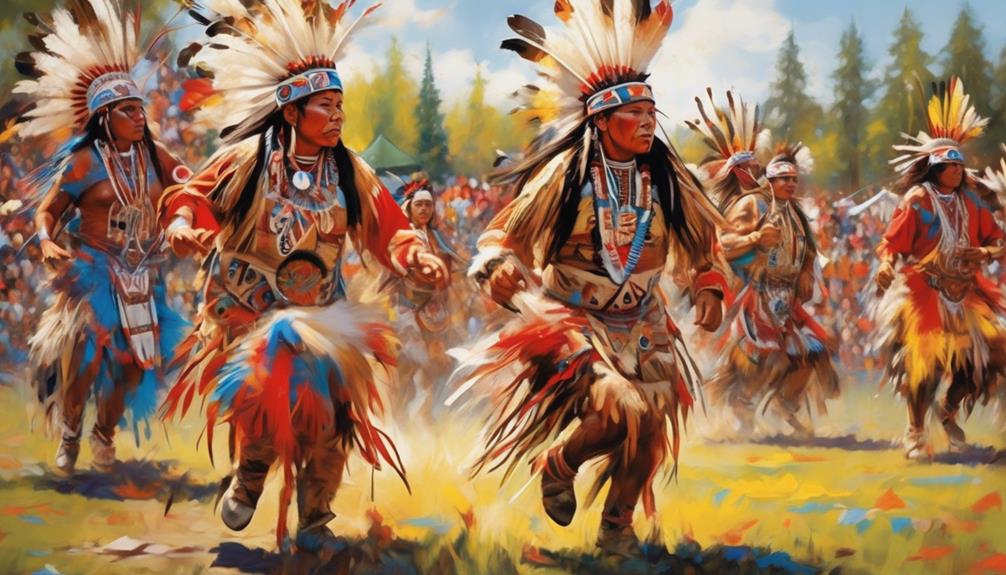
Indigenous communities across Canada, known as the First Nations, have a rich and diverse cultural heritage that spans thousands of years. Our cultural traditions are deeply rooted in our connection to the land, encompassing a profound respect for nature and a holistic approach to living in harmony with the environment. For the First Nations, the land isn't just a physical space but a fundamental aspect of our identity, spirituality, and sustenance. Our traditional knowledge and practices are passed down through generations, shaping our unique way of life and worldview.
Land rights are a crucial aspect of First Nations' identity and sovereignty. Throughout history, our communities have faced significant challenges in asserting and protecting our inherent rights to the land. This has resulted in ongoing struggles for recognition, self-governance, and the preservation of traditional territories. Our relationship with the land goes beyond mere ownership; it encompasses our responsibility as stewards of the environment and the protection of sacred sites essential to our cultural practices.
Despite historical injustices and ongoing disparities, First Nations continue to assert their rights to self-determination and land stewardship, striving to preserve and revitalize our cultural heritage for future generations.
Métis
Having discussed the rich cultural heritage and land rights of the First Nations, it is essential to understand the unique identity and historical significance of the Métis people in Canada. The Métis are a distinct Aboriginal group with a rich and vibrant culture that is a blend of Indigenous and European ancestry. Métis history is deeply intertwined with the fur trade and the emergence of a distinct Métis nation in the Canadian Prairies. This unique culture has fostered a strong sense of community, resilience, and creativity among the Métis people.
| Emotion | Experience | Connection |
|---|---|---|
| Pride | Celebration | Heritage |
| Resilience | Adaptation | Strength |
| Unity | Community | Identity |
| Hope | Progress | Future |
Métis culture is characterized by its vibrant music, dance, and art, reflecting the fusion of Indigenous and European traditions. Métis history is marked by struggles for recognition and rights, including the historic Métis resistance and the landmark Métis Nation case. Understanding Métis culture and history is crucial to appreciating the diverse tapestry of Canada's Aboriginal peoples.
Indigenous Peoples
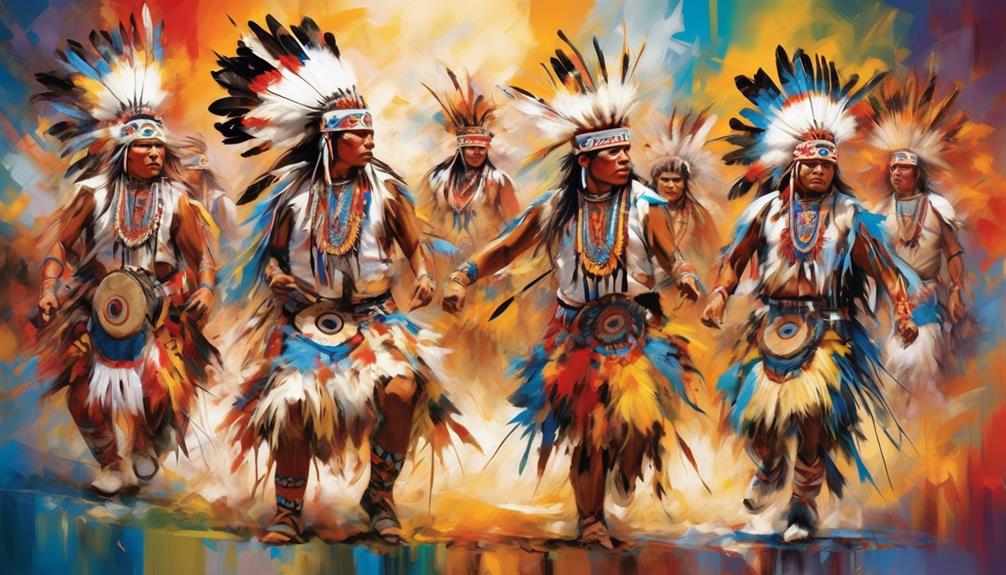
With a deep-rooted cultural heritage and diverse traditions, Indigenous Peoples are an integral part of Canada's rich tapestry. Our cultural traditions are passed down through generations, encompassing a profound connection to the land and a deep understanding of its significance. The relationship with the land isn't merely utilitarian; it's a spiritual and cultural bond that shapes our way of life.
This connection also forms the basis of our land rights, which are essential for preserving our cultural identity and traditional practices.
Our cultural traditions reflect a holistic approach to life, integrating spiritual beliefs, art, language, and customary practices. These traditions aren't static but continue to evolve as we adapt to contemporary challenges while holding onto our ancestral wisdom.
Furthermore, our land rights are crucial for maintaining our distinct cultural practices and sustaining our communities. These rights aren't only about ownership but also about stewardship and the intergenerational responsibility to preserve the environment.
In essence, the cultural traditions and land rights of Indigenous Peoples are inseparable, serving as the foundation of our identity and resilience in the face of modern complexities.
Aboriginal Canadians
The cultural heritage and traditions of Aboriginal Canadians are deeply rooted in the history and identity of Canada. Our rich and diverse cultural traditions have been passed down through generations, encompassing art, music, dance, storytelling, and spirituality. These traditions play a vital role in shaping our identities and connecting us to our ancestors and the land.
- Cultural Traditions: Aboriginal Canadians have a wide range of cultural traditions that vary among different First Nations, Métis, and Inuit communities. These traditions are integral to our way of life, reflecting our values, beliefs, and connection to the natural world.
- Residential Schools: The impact of residential schools on Aboriginal Canadians can't be understated. For over a century, Indigenous children were forcibly removed from their families and communities to attend these government-sponsored and church-run institutions. The legacy of residential schools continues to affect Aboriginal Canadians today, with intergenerational trauma and ongoing efforts to heal and reclaim cultural practices.
- Cultural Revitalization: Despite the historical trauma inflicted by residential schools and other colonial policies, Aboriginal Canadians are resilient. There's a growing movement towards cultural revitalization, where communities are reclaiming and celebrating their cultural traditions, languages, and knowledge systems.
- Cultural Contributions: Aboriginal Canadians have made significant contributions to Canadian society, enriching the country with their cultural heritage, art, literature, and traditional knowledge. These contributions continue to shape and influence the broader Canadian cultural landscape.
Frequently Asked Questions
What Are the Traditional Methods of Hunting and Gathering Used by the Aboriginal Peoples of Canada?
We've learned about traditional methods used by the Aboriginal peoples of Canada for hunting and gathering. These cultural practices have been passed down through generations, contributing to the preservation of their language and heritage.
The methods often involved teamwork, respect for nature, and sustainable practices. By embracing these traditional ways of living off the land, the Aboriginal peoples of Canada have maintained a deep connection with their ancestral homelands.
How Do the Different Aboriginal Groups in Canada View Their Relationship With the Land and the Environment?
We believe that land stewardship is integral to our cultural connection and environmental sustainability. Our different Aboriginal groups in Canada view our relationship with the land and the environment through the lens of traditional knowledge and practices.
We honor and respect the land, understanding our role as caretakers. Our cultural connection to the land shapes our perspective on environmental sustainability, inspiring us to preserve and protect the natural world for future generations.
What Are Some Common Misconceptions About the History and Culture of Aboriginal Peoples in Canada?
Misconceptions about the history and culture of Aboriginal peoples in Canada are rampant.
For instance, it's surprising that 67% of Canadians believe Indigenous people receive too many government benefits. This reflects widespread misunderstanding.
The impact of colonial influence on their history and the remarkable cultural resilience of these communities are often overlooked.
Addressing these misconceptions is crucial for fostering understanding and reconciliation.
What Are Some Current Issues Facing Aboriginal Communities in Canada Today?
Challenges facing Indigenous communities in Canada today include disparities in education and healthcare. These issues deeply impact our communities and addressing them is crucial for creating a more equitable society. We must work towards ensuring that all Indigenous people have access to quality education and healthcare.
Another ongoing struggle for Indigenous communities is the fight for Indigenous rights. Advocating for the protection of their rights and sovereignty is essential. By recognizing and upholding their rights, we can work towards a more just and inclusive society.
How Do Aboriginal Peoples in Canada Preserve and Pass on Their Traditional Languages and Cultural Practices to Future Generations?
Preserving our traditional languages and cultural practices is like tending a fragile flame in the wind. We actively teach and pass down our languages and cultural customs through storytelling, ceremonies, and community events.
Language preservation is crucial for maintaining our identity, and cultural transmission occurs through intergenerational knowledge sharing.
We prioritize these practices to ensure that our heritage lives on in future generations, anchoring us to our roots and strengthening our sense of belonging.
Conclusion
In conclusion, the Aboriginal people of Canada are known as Inuit, First Nations, Métis, and Indigenous Peoples. They've a rich and diverse cultural heritage that has shaped the history of Canada.
Learning about their traditions and experiences is like diving into a treasure trove of wisdom and knowledge.
Their contributions to Canadian society are as vast as the northern tundra, and their stories are as captivating as the dancing northern lights.
